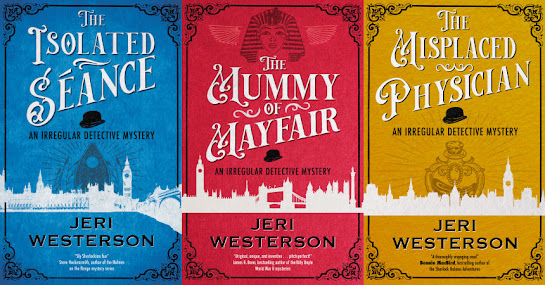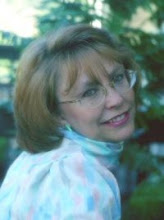Author: Annelise Ryan
Copyright: Sept 2022 (Berkley) 334 pgs
Series: 1st in Monster Hunter Mysteries
Sensuality: Mild, mature topics
Mystery Sub-genre: Amateur Sleuth, cozy mystery
Main Character: Morgan Carter, owner of the Odds and Ends bookstore
Setting: Modern day in Door County, Wisconsin
Obtained Through: Library
Book Blurb: "A Wisconsin bookstore owner and cryptozoologist is asked to investigate a series of deaths that just might be proof of a fabled lake monster.
Morgan Carter, owner of the Odds and Ends bookstore in Door County, Wisconsin, has a hobby. When she’s not tending the store, she’s hunting cryptids—creatures whose existence is rumored, but never proven to be real. It’s a hobby that cost her parents their lives, but one she’ll never give up on.
So when a number of bodies turn up on the shores of Lake Michigan with injuries that look like bites from a giant unknown animal, police chief Jon Flanders turns to Morgan for help. A skeptic at heart, Morgan can’t turn down the opportunity to find proof of an entity whose existence she can’t definitively rule out. She and her beloved rescue dog, Newt, journey to the Death's Door strait to hunt for a homicidal monster in the lake—but if they’re not careful, they just might be its next victims."
MY Thoughts: The cryptozoologist angle is a fascinating premise, but in lesser hands could have been cheesy or mired in wacky conspiracy theories. Instead, Ms. Ryan gives us some emotional depth in heroine Morgan Carter that makes her interest in, and skepticism of, cryptids a more realistic view that balances out the story to make a solid cozy mystery story while feeding the imagination. This book has a deep sense of place, thanks to the author living in Wisconsin. This story, and I suspect the rest of the series, is intertwined fully with the setting so that my memory of the book immediately brings up the beautiful-yet-dangerous lake setting. I love that.
The plot is solid murder mystery with a few turns and the pacing stays gentle but steady to keep interest.
Besides Morgan, the key characters are her faithful and beloved dog, Newt (short for Newton), a Labrador and Golden Retriever mixed with St Bernard, possible romantic interest in police chief Jon Flanders, and the gruff boat captain, Martin (Marty) Showalter. I love Newt, a lot. All the characters are nicely developed and draw you in.
Overall, I'm hooked and will be reviewing more of this series as well as her others. Good cozy mystery with tense moments, exciting killer confrontation, and nicely used tropes.
Join my author newsletter, get a recipe booklet for subscribing: Click Here










































